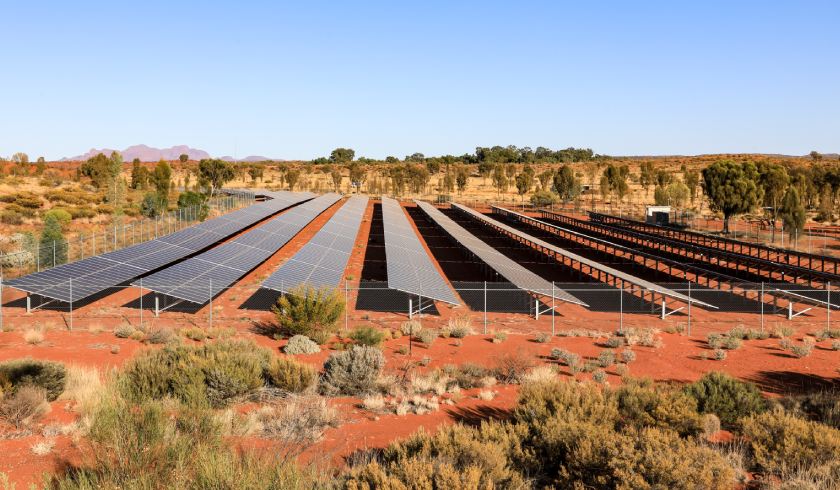Which housing markets would see gains from Australia going net zero?
An economist examines the correlation between mining and home prices.

As the world considers the transition to a carbon-neutral future, Australians might wonder what that means for the nation as a major mining economy.
To continue reading the rest of this article, please log in.
Create free account to get unlimited news articles and more!
But while it’s certainly a producer of coal, gas and iron ore, it’s also an important resource for the minerals needed to manufacture electric vehicles, solar panels and onshore wind plants, Ray White’s chief economist Nerida Conisbee has said.
Much like Western Australia’s housing market has come to rely heavily on the demand for iron ore, she predicted that a number of Australian towns and cities’ housing demand would be swayed by the global desire for the minerals required in green energy production.
“Electric vehicles … require six times the mineral inputs of a conventional car, while an onshore wind plant requires nine times more mineral resources than a gas-fired plant,” she noted.
“We are in fact the biggest producer of lithium in the world, accounting for 50 per cent of production by value, the second largest producer of aluminium and the third largest of cobalt,” she said. Copper and nickel, other much-needed resources for renewable technology, are also mined on Australian shores.
While it seems obvious that housing is directly impacted by the need to accommodate the workers involved in the mining industry in surrounding towns, Ms Conisbee commented that beyond those immediate pressures, “the wealth impacts then spread wider”.
As an example, she explained that the performance of Perth’s real estate “is more closely linked to iron ore prices, which is quite different to east coast markets which are far more sensitive to interest rates”.
Her research revealed that a demand for green energy minerals would look to further enhance Western Australia’s market as well as its capital, with almost all of Australia’s lithium located near Greenbushes, 250 kilometres from Perth.
Meanwhile, most copper is mined from Olympic Dam in South Australia and Mt Isa in Queensland, two other housing markets set to feel the effect of increased demand for solar, hydro, thermal and wind energy.
Victoria’s Portland is a major producer of Australian aluminium, while Fifield in NSW is the closest municipal area to one of the world’s largest deposits of high-grade nickel, cobalt and scandium. In fact, the NSW government recently designated the state’s central west as Australia’s first “critical minerals hub”.
It’s these areas that Ms Conisbee predicts will see the most immediate housing fluctuations and price increases as more global governments look to accelerate their transition to renewables.
“In the same way high demand for iron ore led to strong growth in mining towns in places like Port Hedland and Karratha, for areas rich in minerals required for green energy, it is likely that there will be much higher demand for housing and hence a resetting of pricing,” she said.
